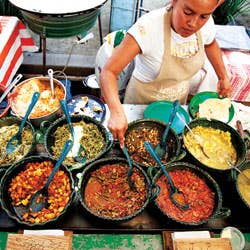
Eating in Mexico: The Lay Of The Land
The regional distinctiveness of Mexican cooking can be astonishing to Americans who only know the food that's served in Stateside Mexican restaurants. In fact, what cooks are making in Baja California is worlds apart from what folks are eating in the Yucatan or in Oaxaca. As a chef and devotee of the Mexican kitchen, I've spent nearly four decades immersed in these cuisines, and there is one thing I've learned for certain: A lifetime is not long enough to taste it all.—Rick Bayless, chef-owner of Chicago's Topolobampo and Frontera Grill and author of Fiesta at Rick's (W.W. Norton & Company, 2010)
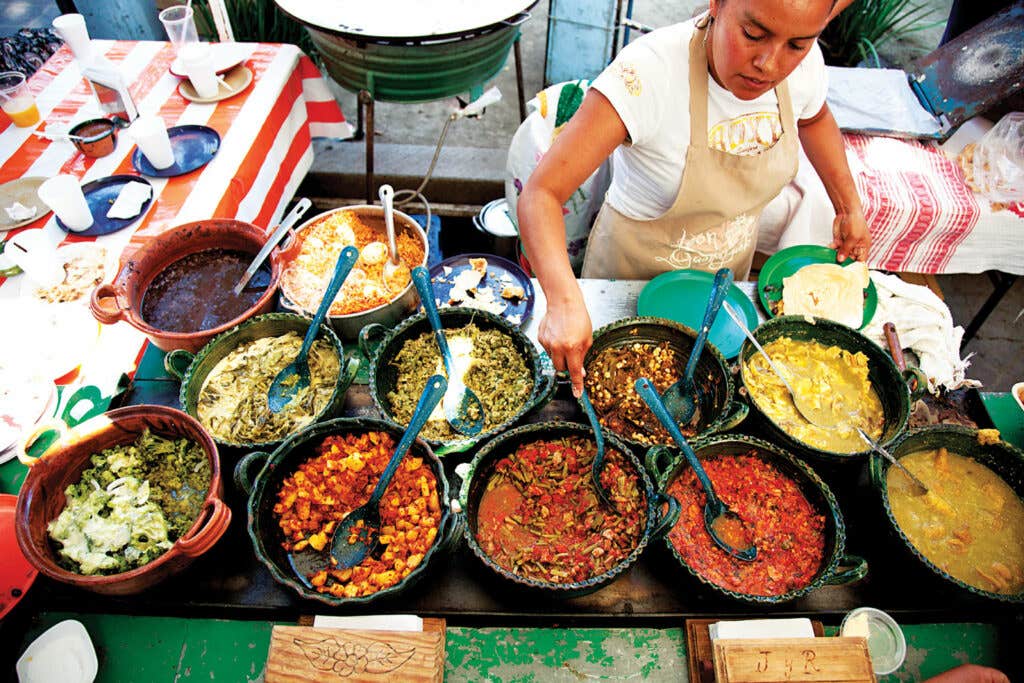
For all its complexity, Mexican food is primordial--it speaks on a gut level. It's no wonder: Carried in its DNA are the slow-simmered flavors of the indigenous kitchen, which was little more than a fire pit, earthenware pots, and a clay griddle. Grounded as Mexican cooking is, it's also bright and transparent, having adapted all kinds of imported foods to its palette of beans, chiles, tomatoes, and corn. From the Spaniards came grilled meats; lime and cilantro were brought on galleons in the 16th century; breads like bolillo, the Mexican sandwich roll, are the legacy of the French, who came in the 1860s. Mexicans welcomed these new tastes. They melded them with their native flavors to create something new. I love the way these foods are so expressive of the specific geography, climate, and culture in which they were born.
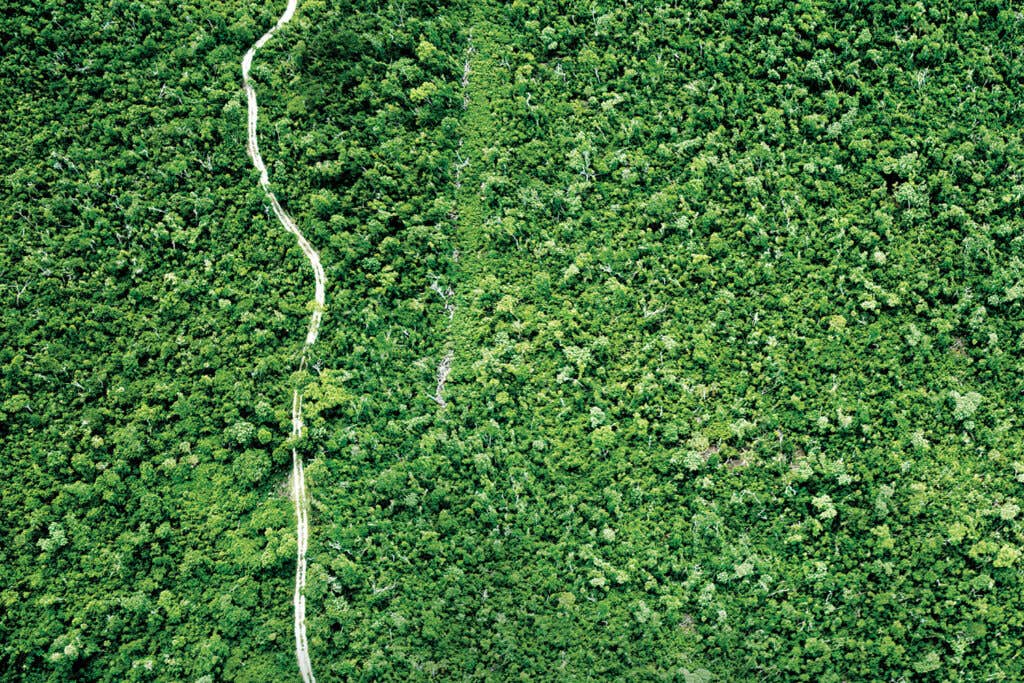
Yucatecans consider themselves a people apart. Most of the Yucatan Peninsula, the remote southeastern region bordered by the Caribbean Sea on the east coast and the Gulf of Mexico on the north and west, wasn't even part of Mexico until the 1800s. The Yucatan remains an outback in many ways, a limestone moonscape irrigated by underground rivers with dense jungles that, while cleared by farmers centuries ago, are now lush and overgrown. For millennia this has been the domain of the Maya, and the food here has more visible remnants of pre-Columbian cooking than anywhere else in Mexico. Yes, the region is famous for habanero chiles; cochinita pibil, or sour-orange-marinated pork; and coastal delicacies like lime-marinated ceviches and tangy pescado en escabeche, or pickled fish. But, in my mind, the taste of the Yucatan is truly embodied by dishes like papadzules: a corn tortilla dipped in a silky pumpkin-seed sauce, filled with chopped egg, and splashed with tomato sauce; or Mexico's most delicious tamales, called tamales colados, a kind of corn-masa pudding. These are two dishes that celebrate--even glorify--indigenous ingredients, cooked in a way that is almost entirely unique to this place.
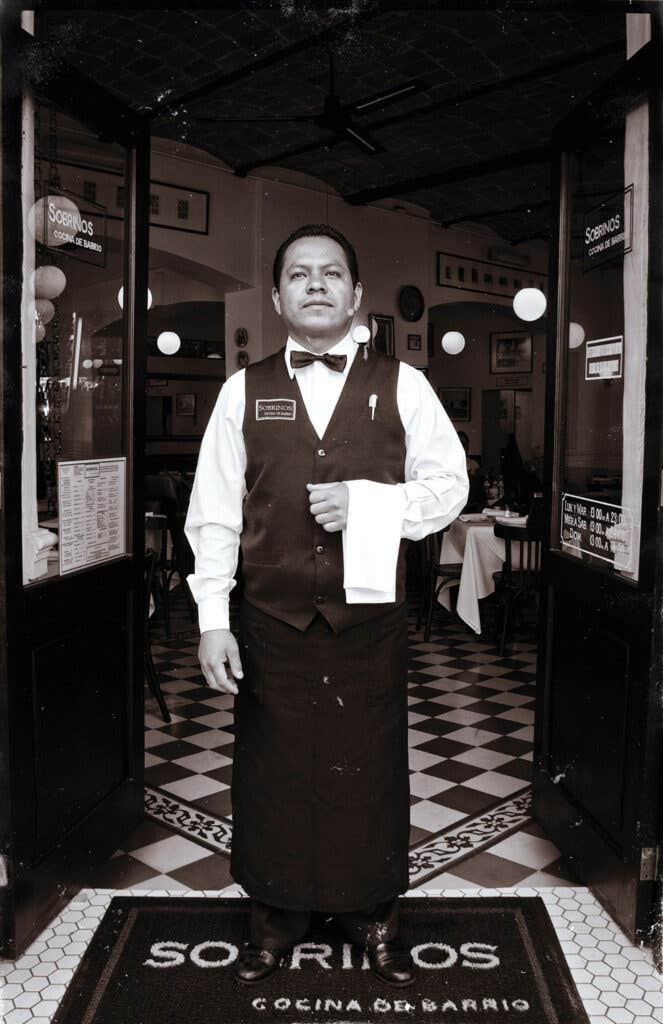
It may be as hard to define native Mexico City cuisine as it is to find a native resident in this metropolitan area of 20 million or so, since at times it seems everyone you meet here has come from elsewhere. There are elements of the meaty cooking of El Bajio, to the west; there are moles, those rich sauces that most people associate with Oaxaca or Puebla but which are part of everyday life in the capital too. But trying to pinpoint the native cuisine misses the point. Mexico City is a celebration of every kind of Mexican cooking, from the wildly avant-garde to humble street snacks. And when it comes to food, the capital city goes big. Few things are more inspiring than a visit to the vast La Merced market. One can get lost among the dried chiles for hours--30 or 40 varieties, all meticulously labeled, begging to be toasted or ground for a sauce. During the rainy season, growers arrive with towering piles of porcinis, chanterelles, morels, and also huitlacoche, the earthy-tasting corn fungus, sold on the ear. The market is pulsating with life and shot through with surreal scenes, like the little crimson strawberries that inexplicably appear adjacent to the bones and flesh in a corner of the meat pavilion. Such juxtapositions are typical of Mexico City and, for a cook, an irresistible invitation to expand the mind and palate.
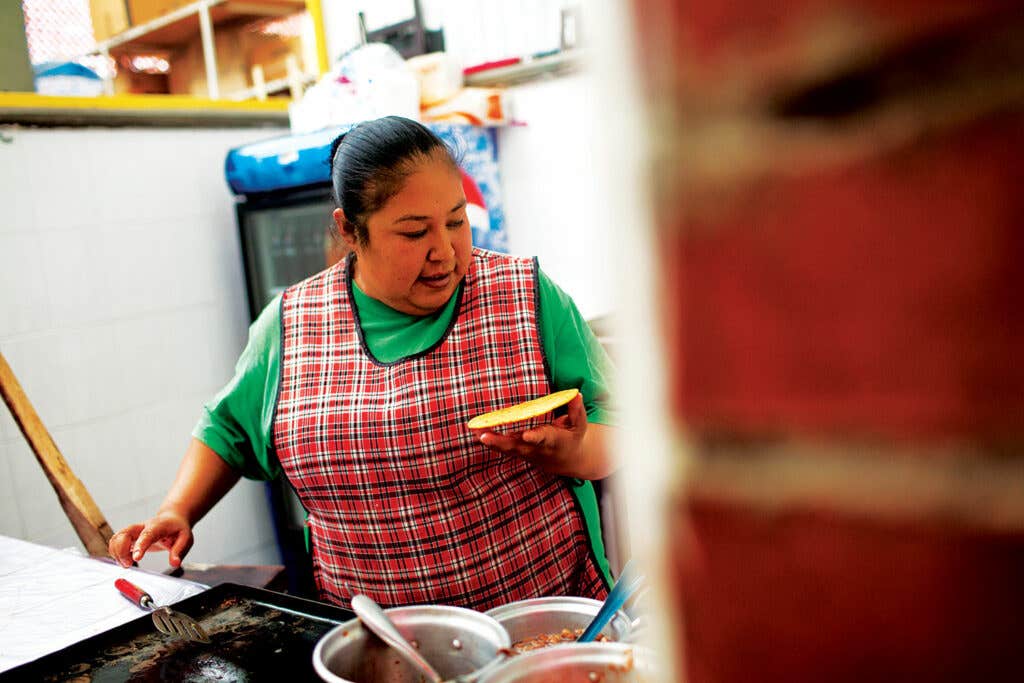
El Bajio, the fertile region that encompasses Mexico's vast central plains, conjures images of great savannah dotted with agave and cactus. It also brings to mind meat--lots of meat--tender carnitas, juicy carne asada, rich pork pozoles. There are incomparable goat birrias to be had in the Juarez Market of Guadalajara, where scores of stalls serve nothing but this flavorful braise. The vendors have built special slow-cooking ovens that turn out shimmering hunks of tender meat, which they chop up, put in a bowl for you, and drench in the cooking juices. El Bajio is also the cradle of the type of Mexican food that has won over the world: crisp-fried tortillas, crunchy tostadas, and the like. After all, this is where the early waves of Mexican immigrants to California hailed from, and it was their style of cooking that planted some of the seeds for Cal-Mex and Mexican-American cuisine as we know it today.
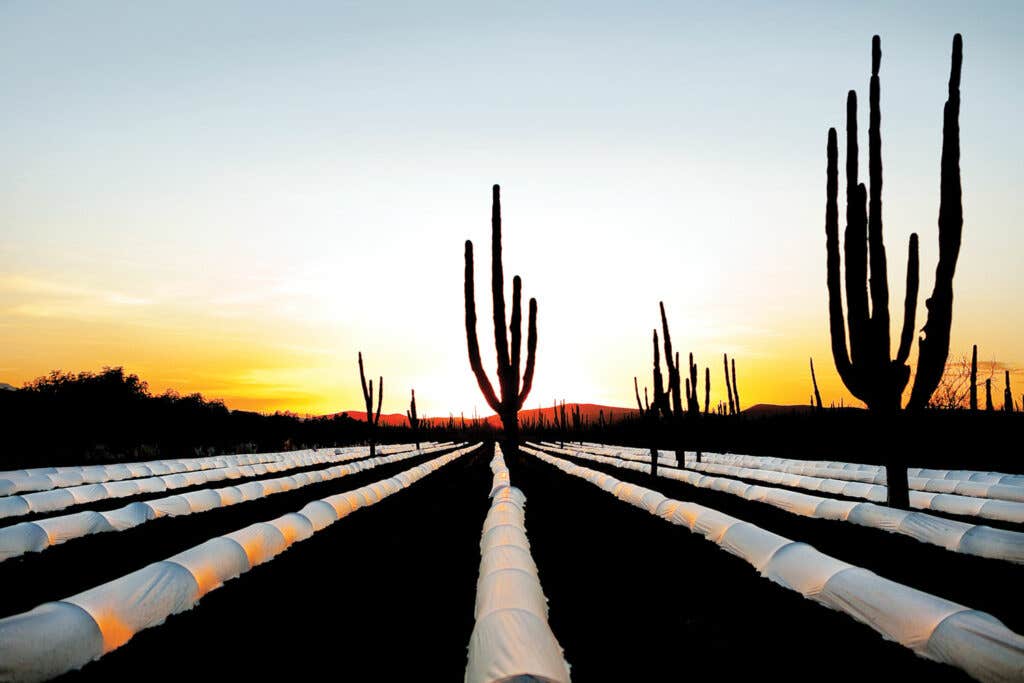
For someone traveling from Mexico's fertile southern tier, arriving in the deserts of the north can be startling: A serene and empty landscape, save for the occasional pecan grove and stalwart cacti bearing prickly pears. The markets here are sparer, and at first blush the food seems more austere, too. You won't find as many moles as in the south, or three dozen varieties of chile. Beef and cabrito (kid goat), often wood-grilled, tend to have pride of place over pork. Corn tortillas, ubiquitous everywhere else, are rivaled here by ones made of wheat flour--a legacy of the Spanish, who planted wheat in irrigated fields along rivers. This is the spiritual home of the burrito, after all; here, it's a minimalist creation that bears little resemblance to the behemoths served in the States. And the quesadillas of the desert are incomparably delicious, thanks to the combination of that soft, rich flour tortilla and slices of smooth-melting, mildly tangy Chihuahua cheese, a legacy of Mennonite settlers, and the ideal complement to the nutty-tasting wrapper. Add to that any number of fillings, from strips of hot chiles to air-dried meat to nopales (cactus paddles), and you'll understand firsthand how satisfying and appealing the fundamental foods of the desert are.
Keep Reading
Continue to Next Story










